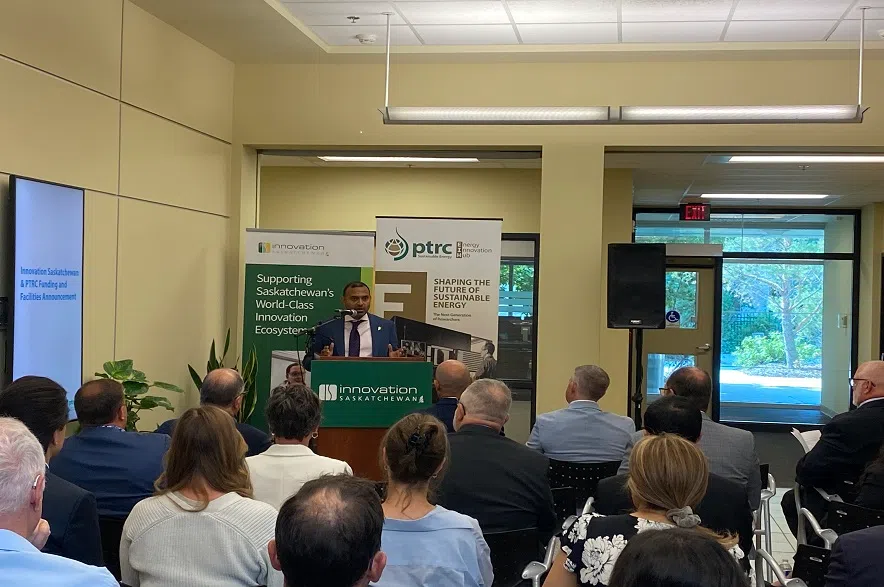Saskatchewan is on a mission to go green, and thanks to a new centre in Regina that mission might become easier.
The Energy Innovation Hub (EIH) is a new lab inside the non-profit Petroleum Technology Research Centre (PTRC), where the main goal is to advance sustainable energy research in both Saskatchewan and Canada.
The new hub, funded to the tune of $1.5 million by the provincial government through Innovation Saskatchewan, will provide industry, governments, and research scientists with access to resources, advanced equipment, and personnel to support transitioning to renewable energy.
The hub will promote advancements in carbon capture utilization and storage, enhanced oil recovery, and geothermal energy as well as up-and-coming areas like methane reduction, clean hydrogen and compressed air energy storage.
In a news release, PTRC CEO Ran Narayanasamy, explained why the hub is focusing on a wide variety of different energy types, rather than just oil and gas.
“PTRC’s goals with the EIH reflect our belief that the future of energy for the province and for Canada must include a diverse sustainable mix,” said Narayanasamy.
“The EIH will support new and existing research and development in energy sources, focusing on collaboration with industry and researchers.”
Jeremy Harrison, Minister Responsible for Innovation Saskatchewan said the new hub “is going to allow us to do some new things here at the PTRC that we weren’t able to do before.”
“The new Energy Innovation Hub is a significant achievement for our province and will further elevate Saskatchewan’s position as a global leader in innovative energy research,” Harrison said in a news release.
In June, the Government of Saskatchewan said it would not comply with the federal government’s coming clean energy regulations because doing so would cost the provincial economy more than $7.1 billion.
Ottawa’s regulations, intended to move the nation towards the Liberal government’s goal of zero-emission electricity generation by 2035, are expected to come into effect on January 1.
Read more











